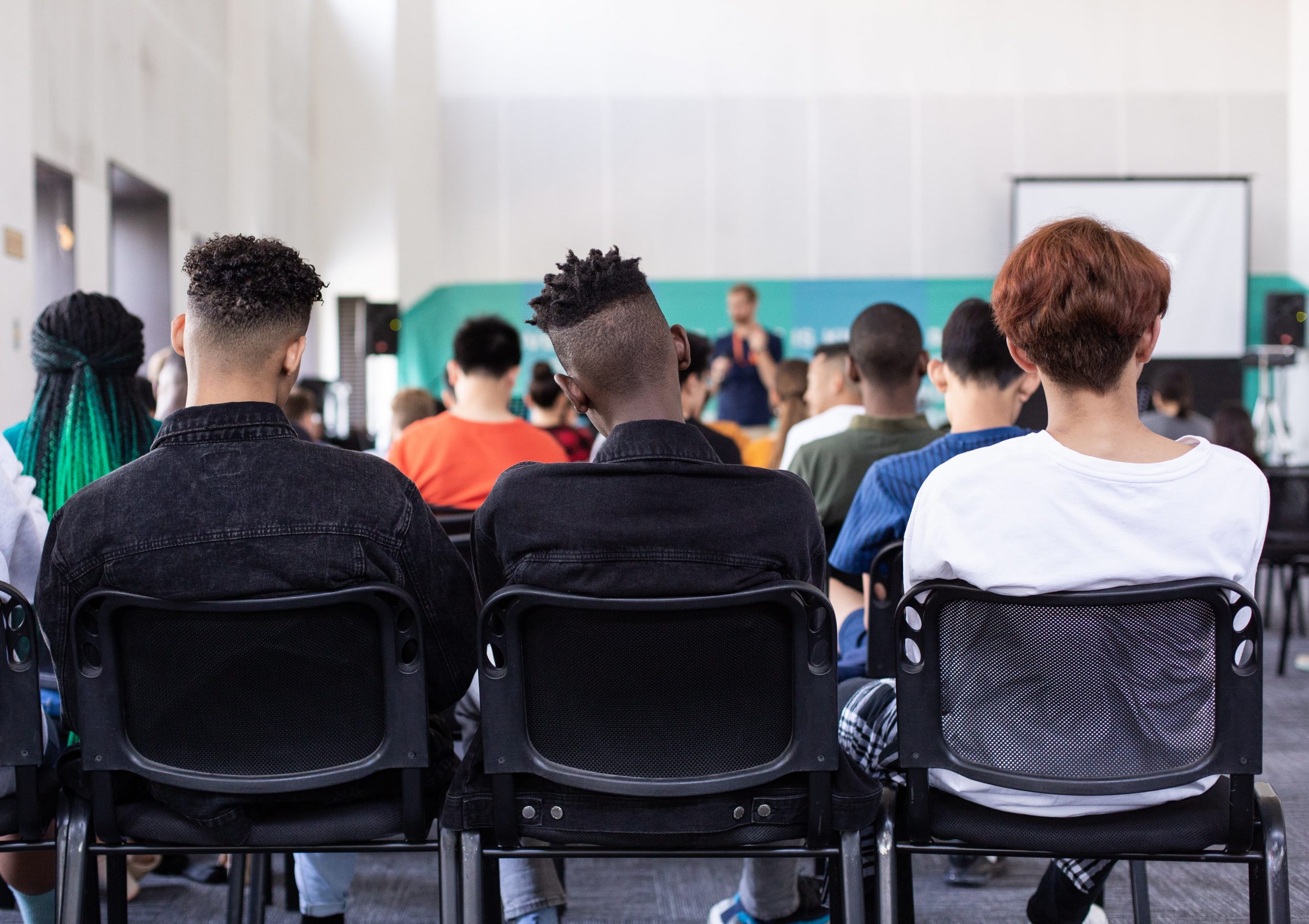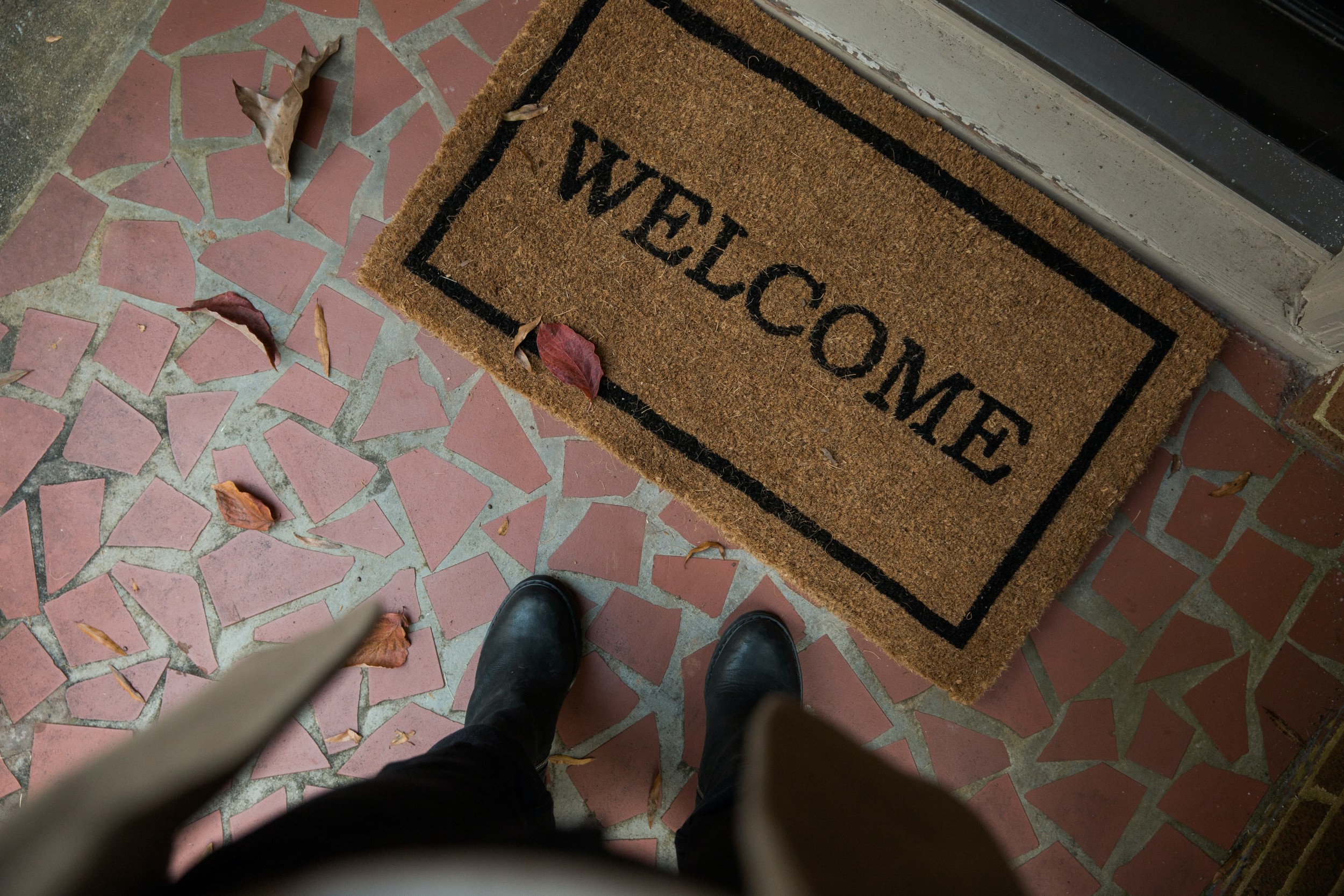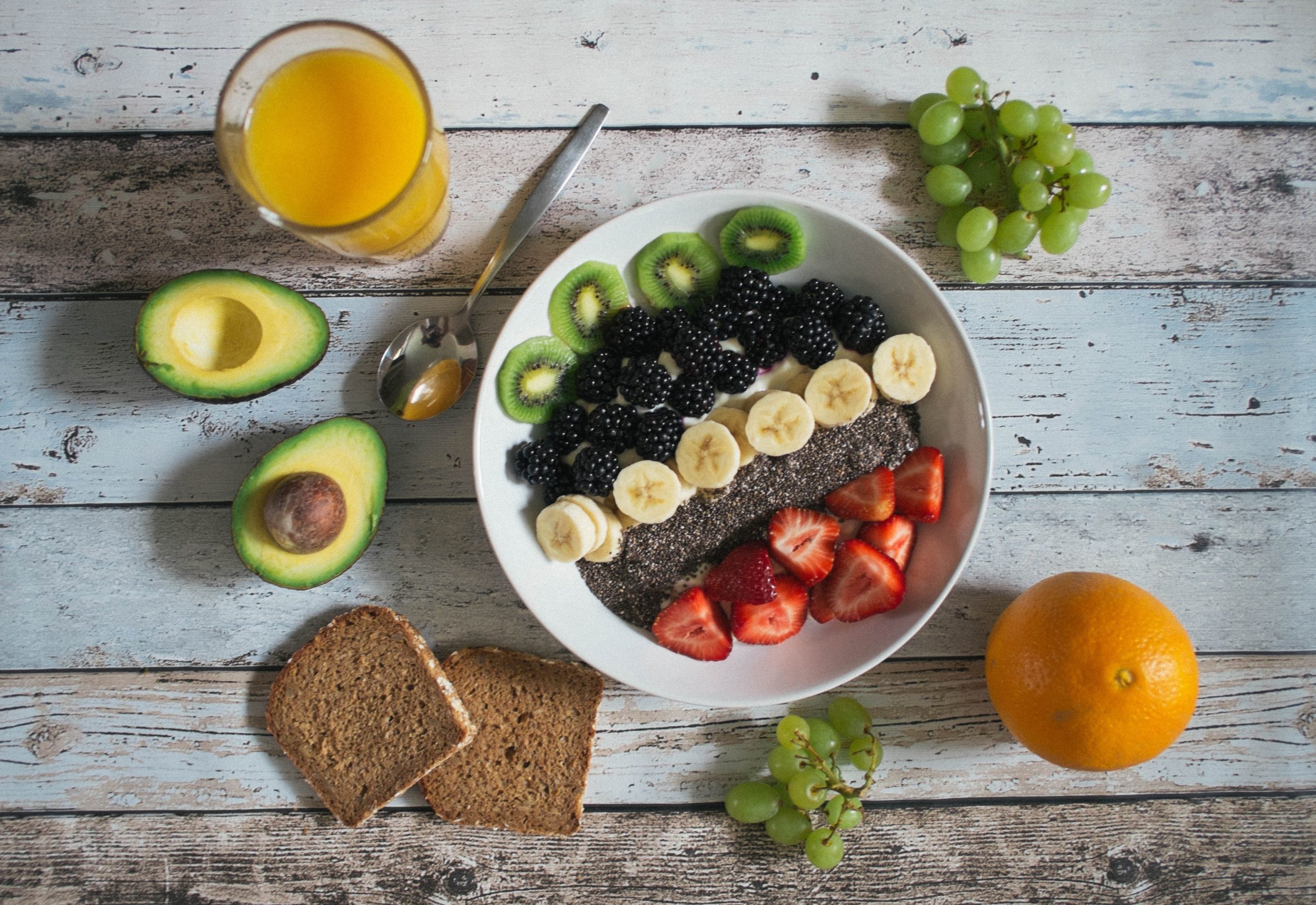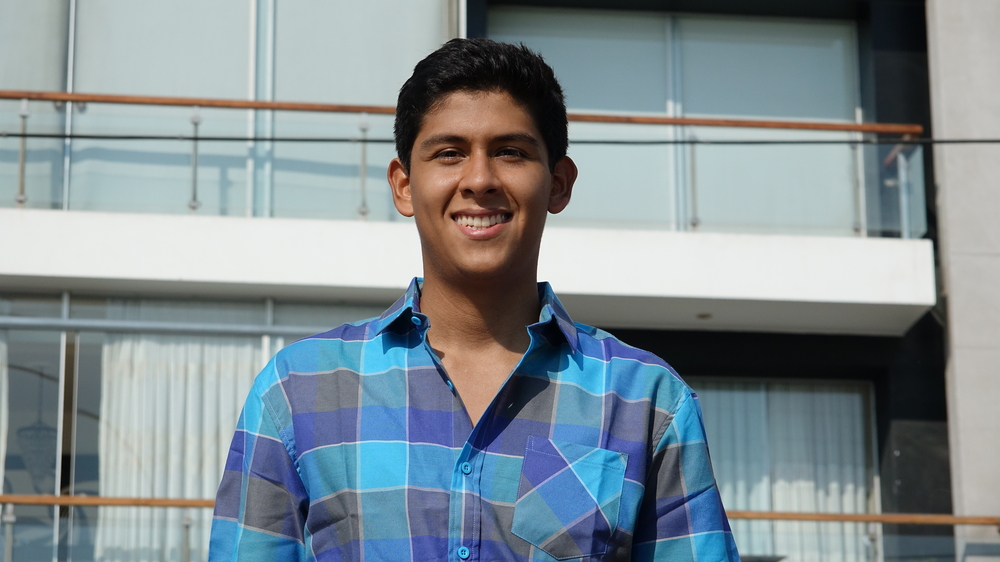Managing attention deficit hyperactivity disorder (ADHD) in teenagers can pose unique challenges in a school environment. With the demands of academics, extracurriculars, and social interactions, it’s important for teens with ADHD to have effective coping strategies.
However, medication is not always the preferred or most suitable approach, especially given potential side effects with long-term use.
This post explores several natural methods that can help teens manage ADHD symptoms at school without relying solely on medication.
Parents, teachers, and those in education will find useful tips and alternatives to support students in reaching their full potential.
Key areas discussed include the impact of nutrition, supplements, exercise, lifestyle changes, and microcurrent neurofeedback—an innovative non-drug option showing promise for ADHD regulation.
Natural Approaches for Managing Teen ADHD
Here are some ways of helping your teen to manage their ADHD without the need for medication:
Nutrition
Getting adequate, well-balanced nutrition is a foundational aspect of managing ADHD both with and without medication. A diet high in processed foods and refined sugars can exacerbate symptoms like inattentiveness and hyperactivity due to spikes and crashes in blood sugar levels.
Opting for complex carbs, healthy fats, and lean proteins with a lower glycemic index helps stabilize energy and focus. Some foods particularly beneficial for ADHD include whole grains, beans, nuts, fatty fish rich in omega-3s like salmon, and greens loaded with magnesium.
Switching to homemade meals with fewer additives allows for careful monitoring of a teen’s intake. Providing brain-healthy breakfasts and snacks especially aids concentration and memory during morning and afternoon classes.
Supplements
Certain vitamins, minerals, and other supplementation may support dopamine and neurotransmitter levels involved in ADHD. Omega-3s found abundantly in fish oils have shown significant results in reducing hyperactivity and impulsivity.
Studies also link iron, zinc, magnesium, and probiotic supplementation to lessened ADHD symptoms like fidgeting and careless errors.
Working with a pediatrician or nutritionist, additional targeted supplements in the form of vitamins, amino acids, and herbs can benefit teens struggling with focus, organization, and hyperactive behaviors.
Consistent supplementation as part of an integrated wellness plan allows these natural remedies to take full effect.
Exercise
Regular exercise boosts blood flow and the release of feel-good endorphins to positively impact cognitive functioning in ADHD. Besides alleviating excess energy, physical activity may strengthen the prefrontal cortex region involved in decision making, prioritization, and attention span.
Activities like dancing, basketball, yoga, and martial arts give teens an enjoyable outlet during free periods and after school.
Encourage a daily sweat session by joining sports teams or exploring fun workout videos together. Park farther so your child can walk more. Even just taking time for a walk each afternoon may aid relaxation before homework.
Creating exercise habits young sets the stage for lifelong well-being and ADHD management.
Lifestyle Changes
Simple shifts in daily routines can powerfully support ADHD. Prepare teens nutritious breakfasts and pack healthy lunches as grabbing fast food may disrupt focus. Reduce electronics use by establishing screen time limits and device curfews. Engage in family meals without phones or TV for quality connection time.
Get regular, restorative sleep by avoiding late screen exposure and setting a consistent bedtime. Minimize external distractions while working by choosing a quiet study spot. Delegate responsibility by involving your teen in meal planning, chores, and organizational systems so they feel capable and invested.
Microcurrent Neurofeedback
Microcurrent neurofeedback provides a drug-free option for ADHD regulation offering natural and focused brain training. This non-invasive technique uses painless, imperceptible microcurrents to communicate with the brain and help rebalance neurotransmitter levels implicated in ADHD.
What is Microcurrent Neurofeedback
Through the placement of sensors on the head, microcurrent neurofeedback detects real-time brainwave signatures associated with attention, impulsivity, and hyperactivity.
By providing gentle electrical signals imperceptible to the individual, it reinforces desired brainwave patterns to aid self-regulation over time through neuroplasticity.
Repeated sessions result in long-lasting changes to brain circuitry and biochemistry contributing to ADHD symptoms.
How it Works
As the microcurrent device monitors brain waves during a session, it sends microcurrent feedback to naturally guide the brain toward patterns of focus, calm, and organization stored within. This closed feedback loop allows the brain to literally retrain itself just as it would with physical or behavioral therapy—but from the inside out.
No effort of willpower is required as the microcurrents subtly communicate desired changes on subconscious levels.
Benefits
This technology provides patients a safe, side effect-free option that holistically addresses root causes versus just masking symptoms. By nourishing neuroplasticity, it empowers lasting change versus dependence.
Research shows neurofeedback improves focus, attention, impulse control, and academic performance on par with drug therapies—without the risk of drowsiness, loss of appetite, or social/emotional blunting sometimes linked to stimulant medication. It offers permanent skill-building versus just temporary symptom mitigation.
Clinical studies report reduced ADHD scores and improved organization/planning abilities after as little as 10 to 20 microcurrent neurofeedback sessions.
MRI scans on adolescents found heightened activity in prefrontal regions mediating self-control post-treatment.
Collected evidence points to the potential of this method to dynamically re-educate the developing teen brain for better self-management in school and life.
Its safety profile and customized approach make microcurrent neurofeedback especially suitable for long-term wellness maintenance with or without occasional medication support.
Key Takeaways
A holistic method integrating nutritional interventions, exercise, low-stimulation routines, and alternative therapies like microcurrent neurofeedback presents teens with ADHD natural avenues for school success that avoid dependence on medications.
These lifestyle and non-drug strategies empower skill-building versus just symptom masking while supporting brain development through neuroplasticity.
Consulting with healthcare professionals allows customizing an attentive wellness plan addressing each child’s unique needs.
With microcurrent neurofeedback emerging as a promising non-invasive option alongside practical lifestyle shifts, teens now have sustainable choices for managing scholastic demands without compromising health or independence.
Overall, a caring team approach focused on natural well-being sets students up for bright futures.











0 Comments